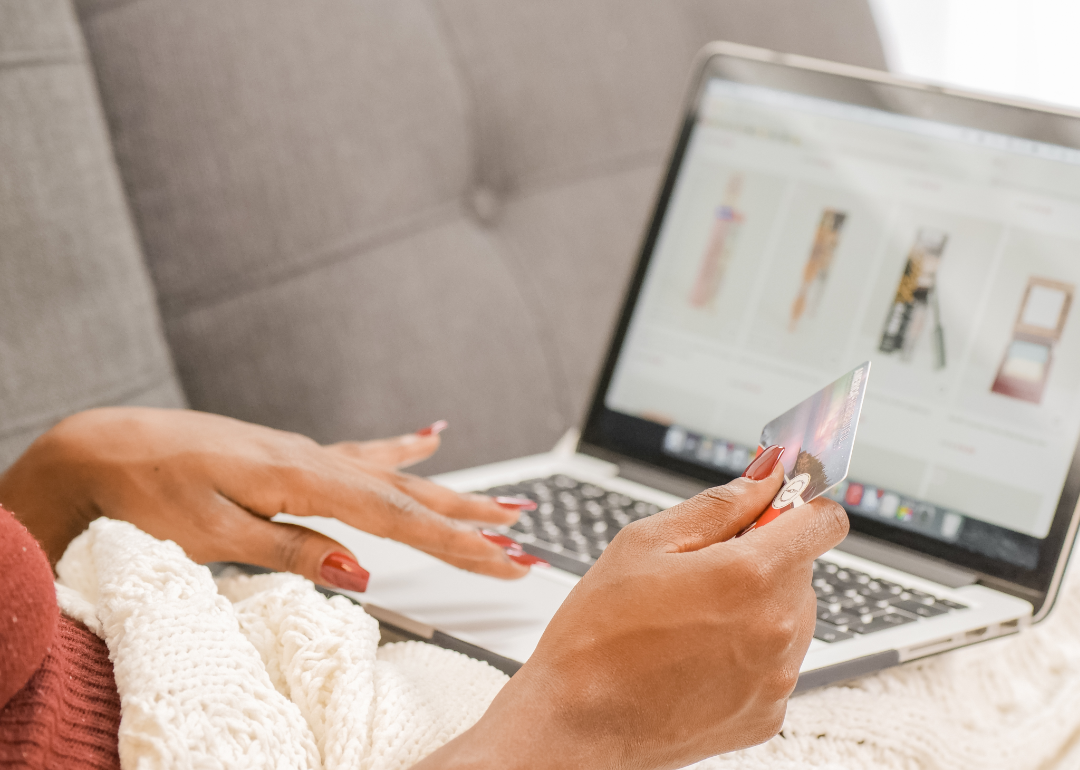
10 ways shoppers overspend
Stores have plenty of tricks to attract shoppers, persuading them to spend more freely with surprise sales, "rush" deals, and other enticing offers. To identify what's going on in stores and online when we buy, Stacker compiled a list of 10 key ways shoppers overspend based on store behaviors and human psychology. These items come from trusted sources like CNBC and Northwestern Mutual.
Read on to learn tactics stores often use to keep you shopping for longer than expected and ways to avoid overspending on impulse shopping.
You may also like: How customer reviews have shaped buying habits over time
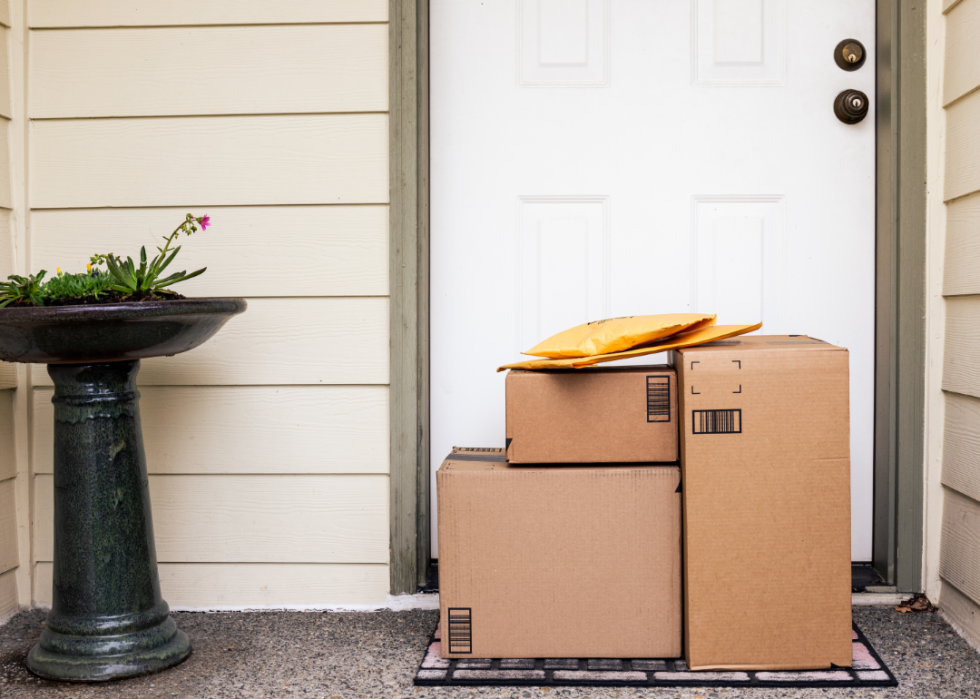
Freebies encourage buying
One of the major ways people end up overspending is by indulging in freebies. This sounds counterintuitive, but retailers offer free gifts and services as a way to entice shoppers who wouldn’t otherwise be spending. For example, a free gift with purchase isn’t really free because you have to make the purchase first. Free shipping and returns also give shoppers a feeling of control over the buying process. To fight a wild case of the freebies, try making a list of things you really do need to buy and adhering to it whenever possible.
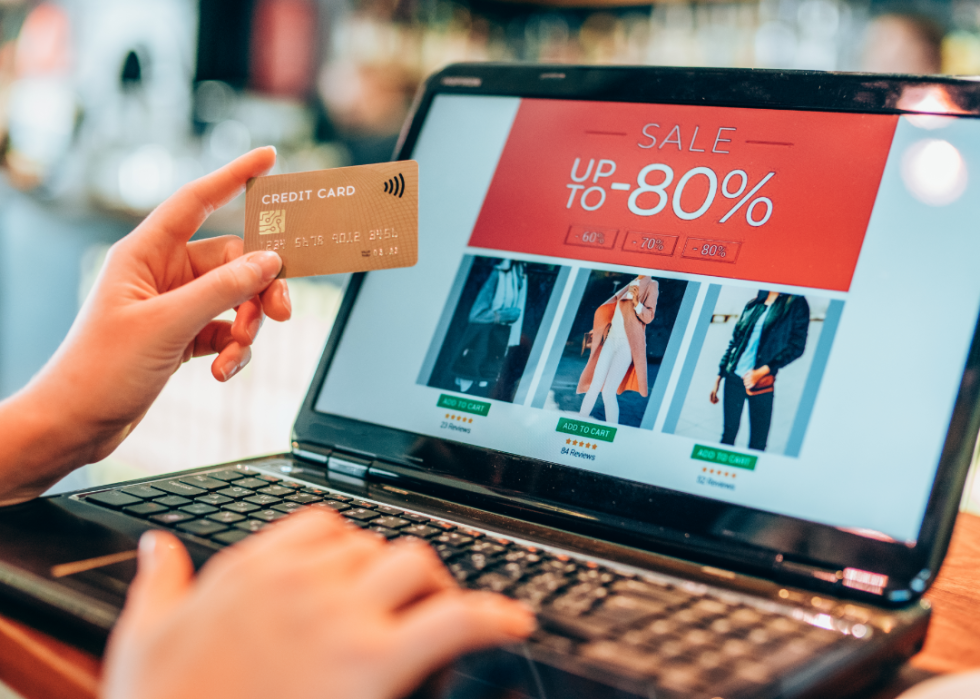
Weekly events get your attention
It’s no coincidence that companies want to sign you up for promotional emails. These straightforward messages almost always include a catch to get you to shop, like a coupon or a splashy display of new merchandise offerings. With advanced informatics, retailers can even see how often you open their messages. This can prompt retailers to send personalized offers to get you to open the email and offer you another “deal.” A great way to fight that urge unsubscribing from these emails, an option that should be visibly accessible at the bottom of these messages.
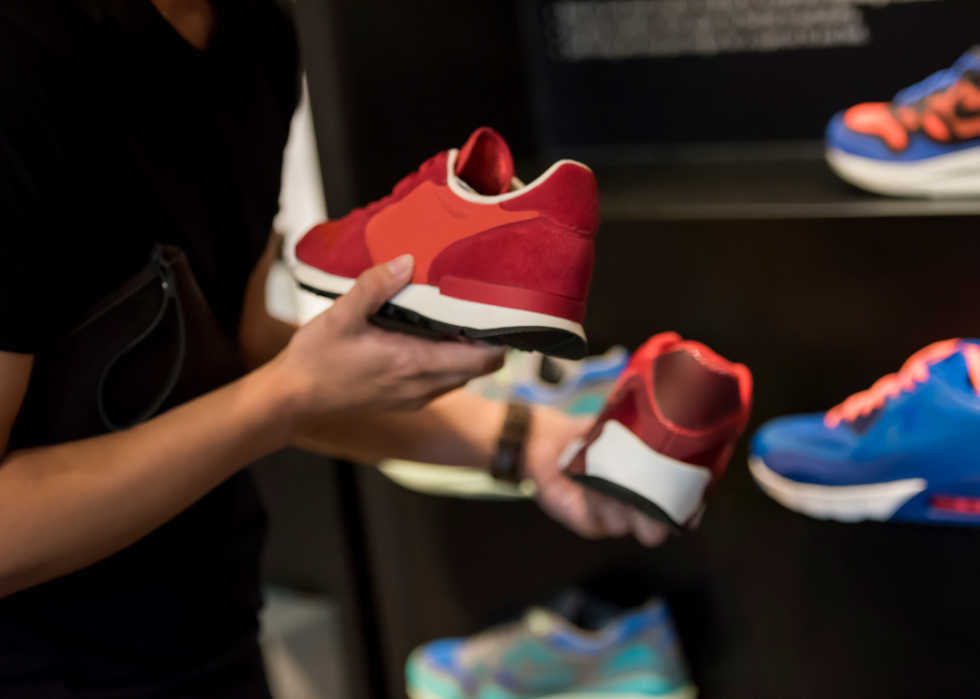
Shoppers ignore their values
One of the key ways shoppers get carried away when shopping is by neglecting their values, like sticking to their budget. Shoppers can avoid this overspending mistake by following a few mindfulness techniques. Think about your values and consider whether that expensive impulse purchase reflects those beliefs.
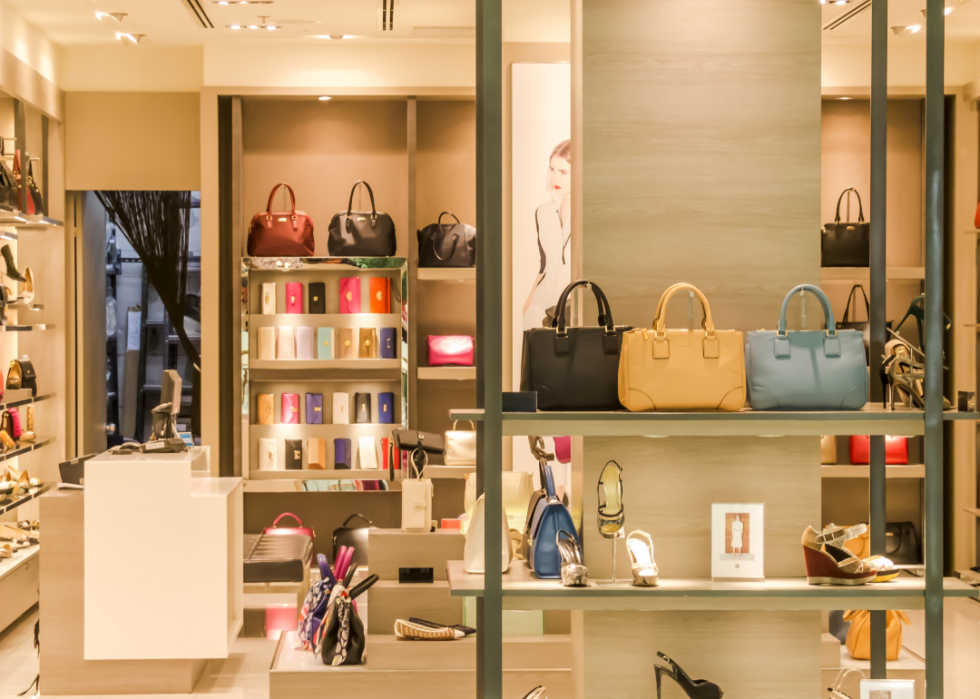
Stores change their layouts
When stores change their layouts, we tend to stay and look around more, see items we hadn’t seen before, and spend more time buying into sales and fancy displays. All of this makes us more likely to pick up items we weren’t planning to buy. Instead of wandering until you find the item you need, curb that urge to buy extraneous items by asking a salesperson where you can find the exact item you’re looking for.
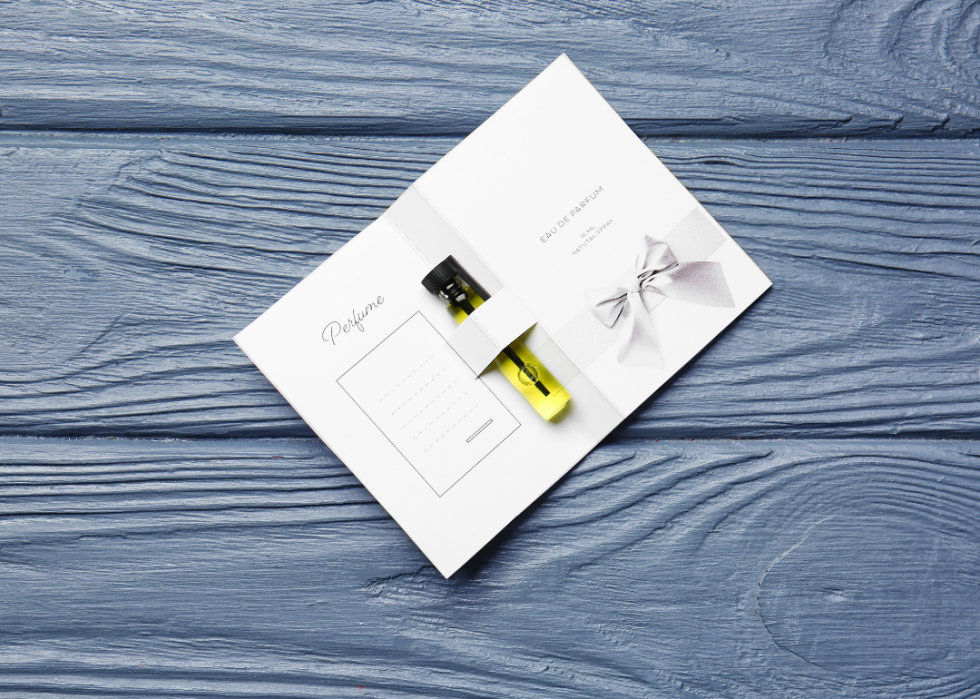
Stores offer samples
For consumer goods like make-up and snack foods, stores often offer samples as a way to entice buyers. These samples are usually placed next to full displays and can even be stacked with an appealing sale promotion. Stores wouldn't spend the time and money to run sample tables unless they really worked. Still, just because that snack was delicious doesn't mean you have to buy it. Think of it as a tasty reward for sticking to your budget instead.

Shoppers set unrealistic budgets
Our shopping techniques so far have focused on the ways stores try to manipulate consumer spending, but this one is all on you. Most people keep household budgets as a way to keep their spending in check, but many consumers exceed their budgets on things like online spending and restaurant orders. Part of this has to do with responding to impulse spending urges, but there’s an easy fix for that: Set a realistic and achievable budget for your family by cutting back spending in other areas to give you more room for dining out and shopping.
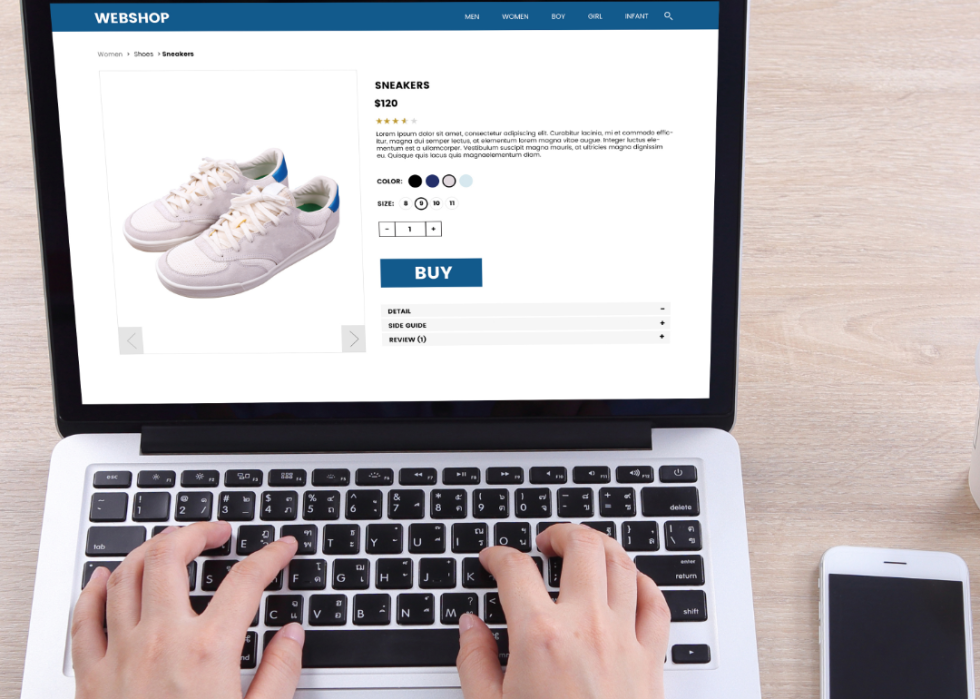
Shoppers feel false urgency
Have you ever shopped online for an item and the website warns you the product will only stay in the cart for 15 minutes? This is a well-known manipulation technique to make you more anxious to purchase. Coupled with low-friction online shopping thanks to options like “one-click buying,” shopping online can rush by in a blur of unplanned spending. Again, mindfulness helps to offer a solution to counter what stores are trying to do. Remind yourself that this won’t be the last red sweater available in the world and that there will be more deals in the future.

Shoppers love a bargain
Stores like Marshalls, TJ Maxx, and Big Lots use marketing tactics to imply they have bargains for products across all different areas of their store. Stores can also send direct mail with exciting coupons designed to grab your attention—think about those 40% off coupons or BOGO deals advertised by stores like CVS and Old Navy. The best way to avoid unnecessary spending on these deals is to think carefully about whether you can use these deals for the things you really do want or need.

Shoppers go bigger
Have you noticed that shopping carts have gotten progressively larger over time? That’s because having a big, empty cart encourages people to put things in it. Experts suggest using a shopping basket instead as a way to fill it only with what you need. You’ll have to think more carefully about that heavy bottle of soda if you’re lugging it around than you would if you just tossed it into a shopping cart.

Shoppers are emotional
Stores are curated to play to our senses, so setting a welcoming, easygoing atmosphere is key to attracting shoppers. Think about the thick smell of that musky fragrance at Abercrombie & Fitch at the height of the '00s, or the wall of scents at Bath & Body Works. Stores also play certain music to encourage customers to keep browsing longer, music that can put customers at ease as they shop. It's easy to get carried away, so the best advice is evergreen: Make a list of what you're shopping for to keep you on track.



